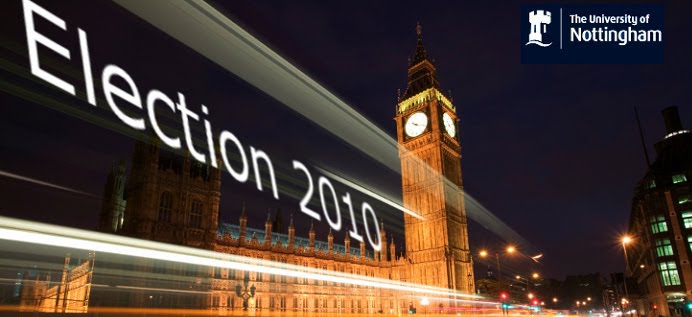Yet this focus is misleading, for three reasons. First, because despite the Cameron reforms, the bulk of Conservative MPs after the next election will remain white and male, and this will be especially true at the higher levels of the party. Should the Conservatives achieve a majority government, there will (under most realistic scenarios) be between 50 and 60 Conservative women MPs, significantly up from the 17 in 2005, but still less than one in five of the parliamentary party. There will also be around half-a-dozen new Conservative MPs from ethnic minorities, to join the two currently in the Commons. But the rest will look pretty similar to the ones who are there already, and despite David Cameron’s aspiration that by the end of his first term a third of his government will be female, it will almost certainly take more than one term before a sufficient number of women MPs have worked enough of a parliamentary and ministerial apprenticeship for the senior – and most visible – positions to look noticeably different.
Second, in another important way, the parliamentary party will remain very similar to previous groups of Conservative parliamentarians. For all the talk of trying to create a parliamentary party in the image of those represented, the absence of working class MPs on the Conservative side of the House will continue. In 2005, the Conservatives gained 25% of the DE vote and 33% of the C2 vote. Almost no efforts have been made to ensure that this segment of the population – and of the Conservatives’ own supporters – receives representation on the Conservative benches.
And third, it may well not be these much profiled candidates who are the ones who go on to achieve most should they get into Westminster. As I noted in an article in Political Quarterly, back in 2009 (for which a subscription is required, unfortunately):
...much of the media focus will be on the most media-friendly candidates – especially, because of their novelty value, the newly-elected women and ethnic minority candidates – and not necessarily on those who are most likely to go on to achieve high office or be significant players within the party in the future. It is, for example, noticeable that many of the Labour MPs who attracted considerable media coverage in the aftermath of the 1997 result (such as Lorna Fitzsimons and Oona King) did not then go on to achieve high office, whereas those who went largely unnoticed by the national media (such as Jacqui Smith) did rather better.
So some of those currently being so lavishly profiled might do well to enjoy it; it could be the last time they achieve such national prominence.
Professor Philip Cowley




